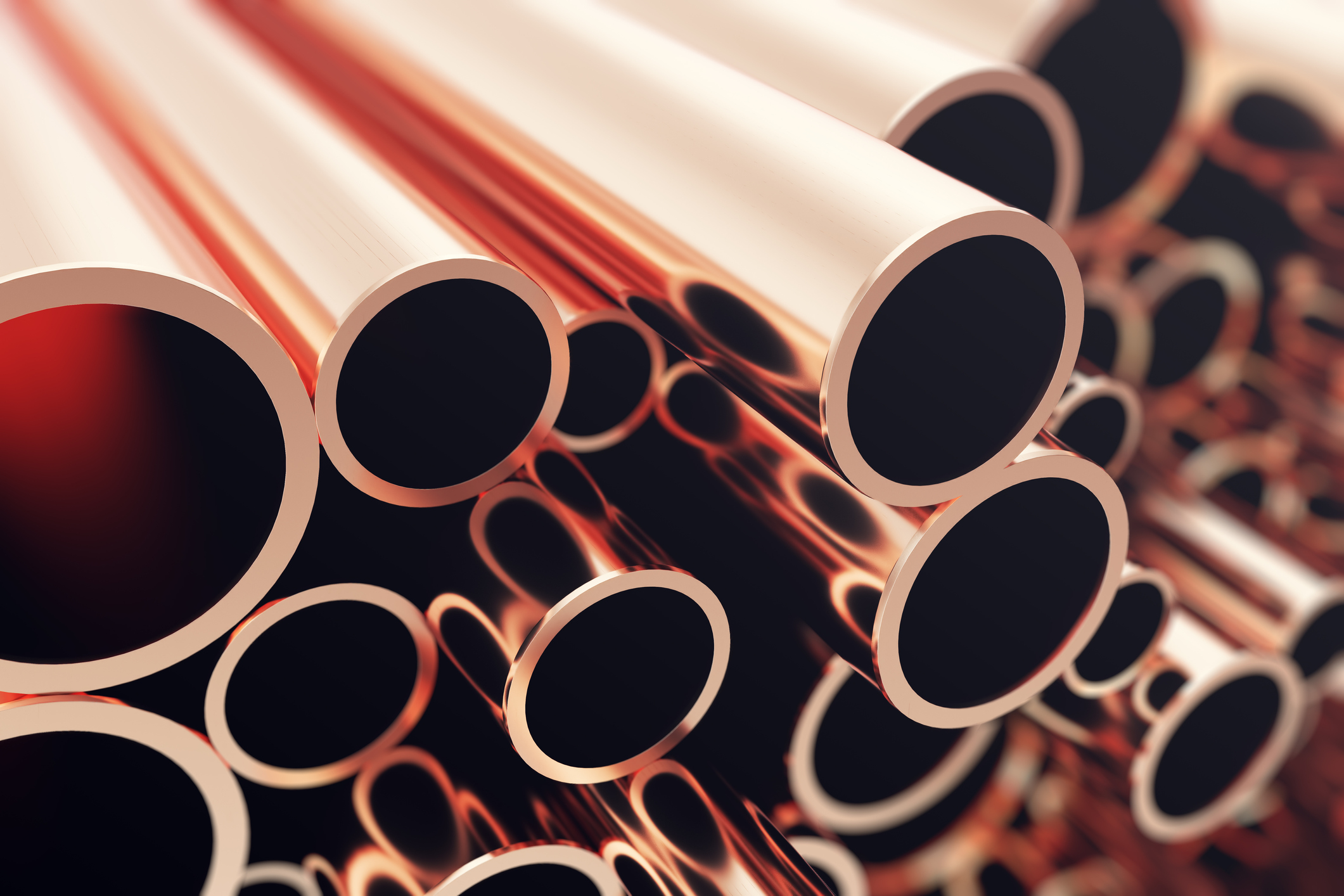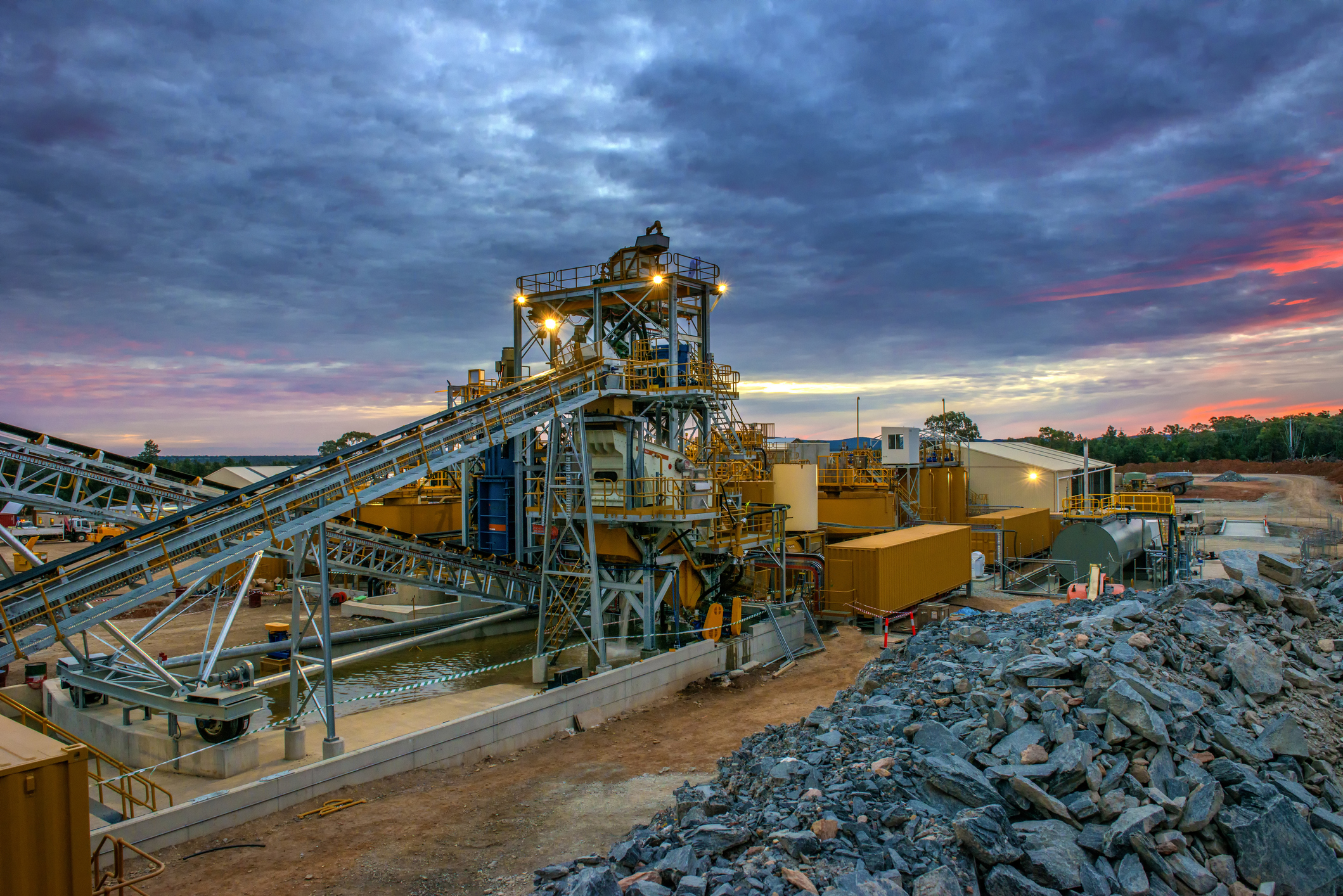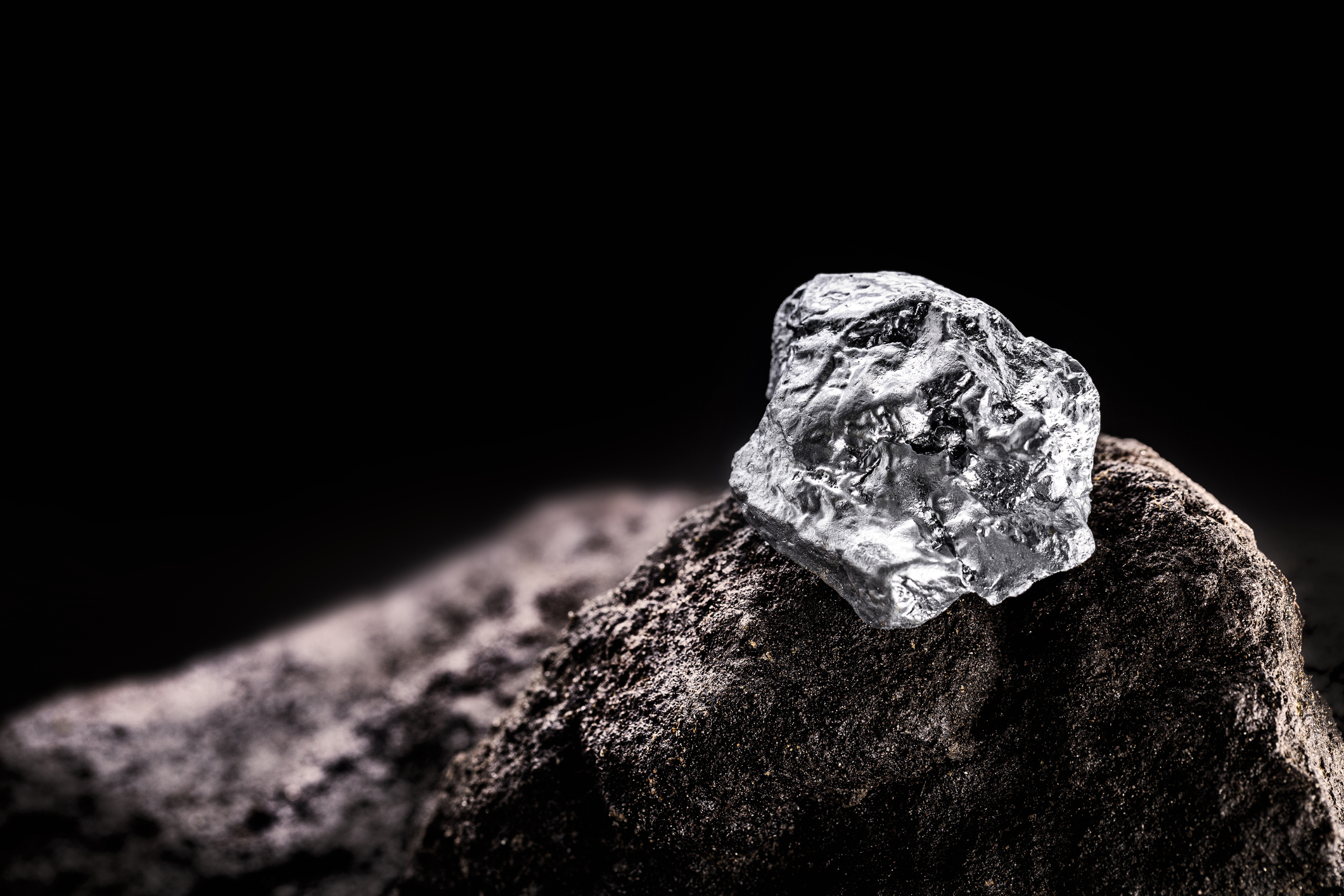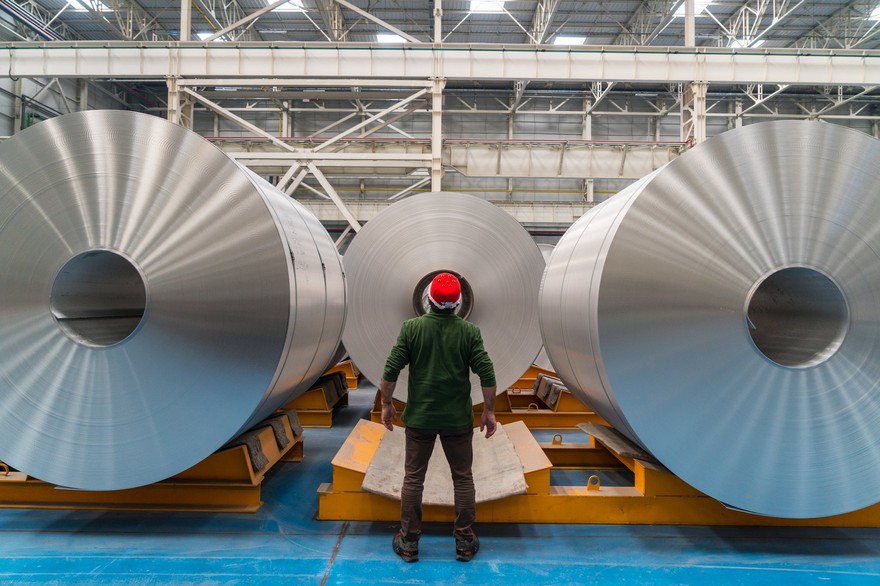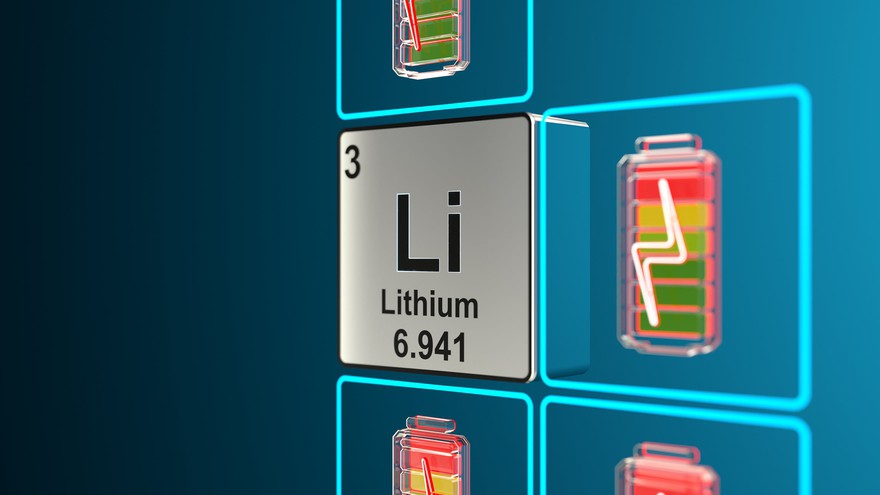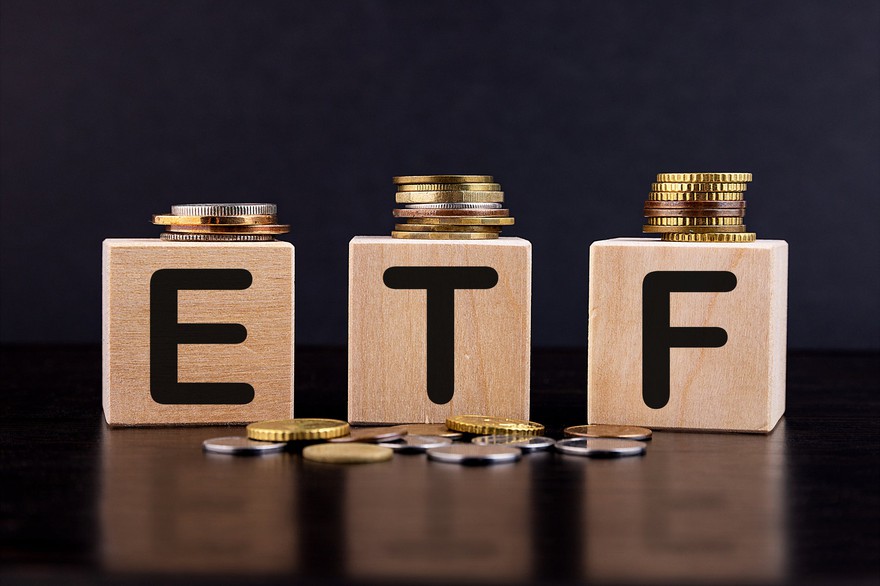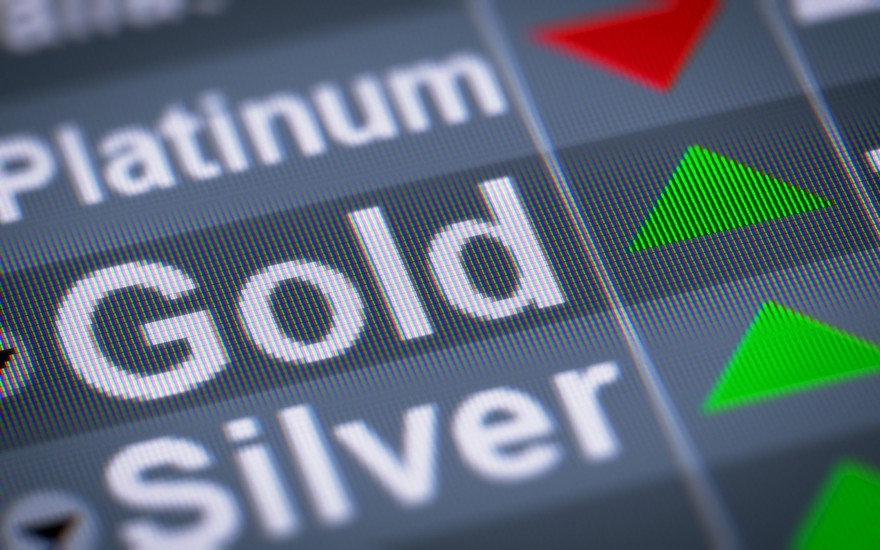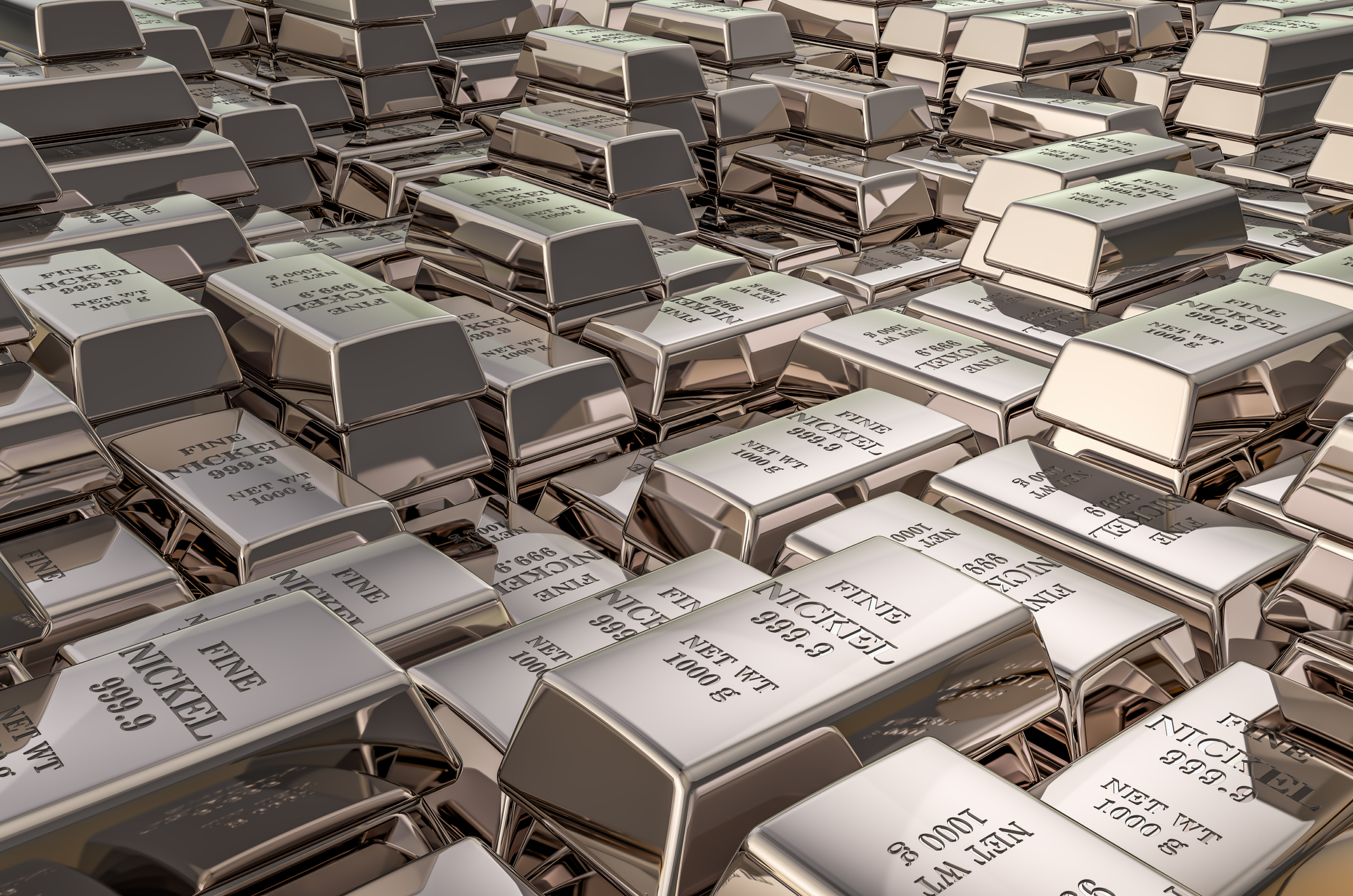Iron stocks may not get a lot of attention among investors these days, but iron mining and processing is still a huge industry. After all, iron is a primary ingredient in steel, a key component of much of the world's infrastructure, including apartment buildings, office towers, bridges, and tunnels, as well as machines such as cars, washing machines, and even cargo ships. Iron stocks are publicly traded companies that make money mining and processing iron.
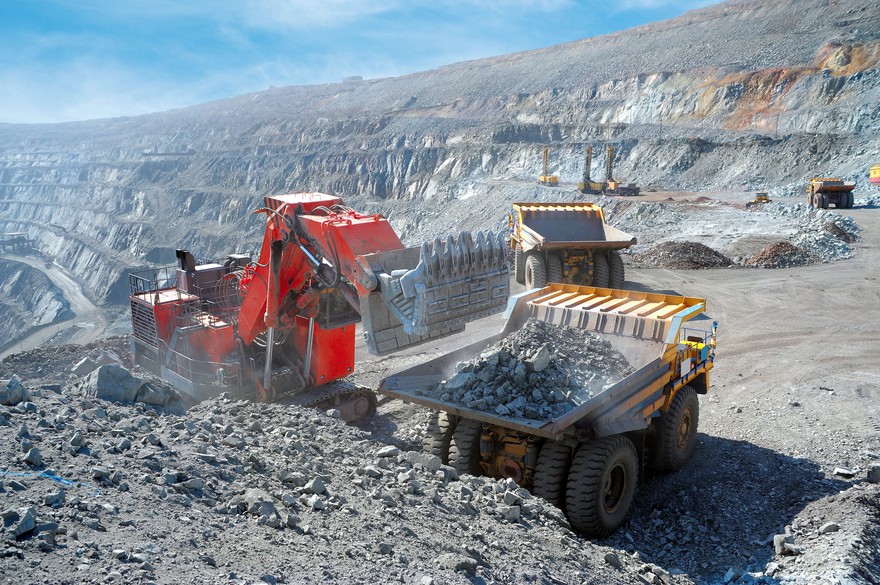
Commodity prices have come down from a peak a few years ago as supply chain shortages and other challenges from the COVID-19 pandemic have eased. So, you may be wondering if now is a good time to buy iron stocks. Keep reading to learn more about iron mining stocks and which ones to invest in today.
Top iron stocks in 2025
Most iron mining companies are not pure-play iron stocks. They mine other industrial metals such as copper, and many have downstream operations, including smelting and even steel production. With that in mind, let's take a look at some of the metal stocks that play a role in the iron stock market sector.
| Name and ticker | Market cap | Dividend yield | Industry |
|---|---|---|---|
| BHP Group (NYSE:BHP) | $154.6 billion | 3.61% | Metals and Mining |
| Rio Tinto Group (NYSE:RIO) | $101.4 billion | 4.61% | Metals and Mining |
| Vale (NYSE:VALE) | $56.1 billion | 0.00% | Metals and Mining |
| Anglo American Plc (OTC:NGLOY) | $43.6 billion | 0.70% | Metals and Mining |
| ArcelorMittal (NYSE:MT) | $34.4 billion | 1.22% | Metals and Mining |
| Cleveland-Cliffs (NYSE:CLF) | $7.8 billion | 0.00% | Metals and Mining |
1. BHP Group

NYSE: BHP
Key Data Points
If large and diverse is what you're looking for from your iron stocks, you can't beat BHP Group. With operations in steel-making commodities such as iron and metallurgical coal and high-tech base metals such as copper and nickel, BHP has a lot of growth levers to pull.
For the fiscal year ending in June 2025, BHP produced 263 million tons of iron ore used for infrastructure and manufacturing, making it one of the biggest global iron ore producers. The company says it's the lowest-cost major iron ore company in the world, giving it a competitive advantage since it can earn a wider margin than its peers. For fiscal 2026, it expects a production cost of $18.00 to $19.50 per ton at its Western Australia Iron Ore operation, where almost all of its iron ore comes from. In fact, in 2024, it reported an earnings before interest, taxes, depreciation, and amortization (EBITDA) margin of 63% in iron ore. It's targeting at least 305 million tons of annual production over the medium term. BHP's dividend fluctuates according to performance, but the stock offered a generous 3.6% yield in December 2025.
2. Rio Tinto

NYSE: RIO
Key Data Points
Like BHP, Rio Tinto is a large, diverse company that focuses exclusively on mining metals and minerals such as diamonds. Iron ore made up $29.3 billion of the company's $53.7 billion in sales in 2024 as lower prices weighed on revenue and profits.
Iron ore volume fell slightly from 331.5 million tons to 328 million tons, and iron revenue declined from $32.2 billion to $29.3 billion due to lower prices for the key steel input. Underlying EBITDA in the segment fell 19% to $16.2 billion, showing how profitable those operations are (at least before backing out depreciation, which tends to be an expensive line item for mining companies).
Current management is focused on recovering from the 2020 scandal when it blasted a 4,000-year-old Aboriginal site in Australia, an issue that led to the resignation of both the CEO and board chairman, and business performance has been steady since.
The company named Simon Trott as its new CEO in August 2025. He had previously led the company's iron ore division. Under Trott, the company is focused on streamlining the business by cutting costs and selling non-core assets.
Rio Tinto is also an attractive dividend stock, offering a dividend yield of 4.9%.
3. Vale

NYSE: VALE
Key Data Points
If you're looking for a pure-play iron mining stock, Vale is about the best you're going to do. In 2024, 83% of its $38.1 billion in revenue came from ferrous minerals or iron-based metals, most of which were iron ore. Copper and nickel made up most of the remainder of its revenue.
Operating income fell 24% to $10.8 billion as falling commodity prices weighed on Vale, and gross margin declined from 42.3% to 36.2%. Through the first three quarters of 2025, the business has stabilized as commodity prices have been relatively stable.
Vale has sharpened its focus on safety after its Brumadinho dam in Brazil collapsed in 2019, killing 270 people. The disaster led to financial, legal, and reputational damage for Vale, and senior managers in charge of the dam were arrested. As a result, the company is decommissioning 30 dams and aiming for zero high-risk injuries by 2025.
Like the other large miners, Vale is also a dividend powerhouse and currently offers a yield of 11.4%.
4. Anglo American

OTC: NGLOY
Key Data Points
Anglo American is a diversified miner with four business segments: diamonds, base metals, including copper and nickel, platinum and related metals, and iron ore. The company entered an agreement in 2024 to sell its steelmaking coal and nickel businesses for $5.3 billion.
In 2024, iron ore was its second most profitable segment after copper, with $2.7 billion in EBITDA out of a total of $8.4 billion. Iron ore profits were down roughly a third from 2023 due to falling prices, and overall EBITDA fell 1% to $8.5 billion. Its iron ore business bounced back with volume doubling and an EBITDA margin of 44%.
The stock currently offers a dividend yield of 2.5%, considerably lower than its peers. The company's opening of the Quellaveco copper mine in Peru in 2022 was a major accomplishment. Quellevaco produces more than 300,000 tons of copper annually. The mine is powered by renewable energy, helping the company accomplish its goal of reducing its carbon footprint.
5. ArcelorMittal

NYSE: MT
Key Data Points
Based in Luxembourg, ArcelorMittal is the largest steel producer in Europe and one of the largest in the world. In 2024, it produced 54.3 million tons of steel and 42.4 million tons of iron ore. Production was roughly flat in 2024, though revenue declined due to the same pricing pressures that its peers faced. Through the first three quarters of 2025, revenue was up 3%.
As a market leader in steel, the company has a number of competitive advantages. In automotive steel, it has production facilities around the world, giving it a proximity advantage in supplying nearby manufacturers since transporting these materials can be expensive. Unlike most steel manufacturers, ArcelorMittal is vertically integrated with its own iron mining operations, and the company believes it can use those materials more efficiently than its peers since it has more control over them. Vertical integration also helps with procurement and lowering logistics costs, and ArcelorMittal can focus its mining operations on iron, which is highly valued for steel. It has also expanded through acquisitions. In June 2025, it bought Nippon Steel's 50% stake in AM/NS Calvert, one of North America's most advanced steel-making facilities.
Still, like any mining company, Arcelor Mittal is sensitive to commodity prices, and it finished 2024 with an EBITDA margin of 11%. The stock offers a dividend yield of 1.2%.
6. Cleveland-Cliffs

NYSE: CLF
Key Data Points
Should you buy iron stocks?
There are pros and cons to owning iron stocks, especially in today's volatile market. Let's review some reasons you may or may not want to buy iron stocks.
- Iron will continue to have a major role in the global market due to the essential nature of steel in industries like construction and manufacturing.
- Demand for many of the products that contain iron is growing.
- Iron is a commodity, which means it's subject to volatile price fluctuations.
- U.S. tariffs could roil the market for iron and steel.
- Some iron stocks pay high dividend yields.
- The sector can be a good option for value investors since they tend to trade at low valuations.
Cleveland-Cliffs is the largest flat-rolled steel producer in North America and a manufacturer of iron ore pellets. Like ArcelorMittal, the company is vertically integrated from raw materials mining to steelmaking and end-product processes such as stamping and tubing. It's also the largest steel supplier to the North American auto industry.
The company mined 24 million tons of iron ore in 2024, significantly less than other companies on this list. That's partially because iron mining is concentrated in other parts of the world, such as Australia and South America, and Cleveland-Cliffs only has mines in Michigan and Minnesota. Cleveland-Cliffs acquired ArcelorMittal USA at the end of 2020, which helped it consolidate its leadership in U.S. iron mining and steel production. In addition, it reported an operating loss of $756 million in 2024. Even so, the company was optimistic about 2025 due in part to protectionist trade policies that could lift domestic prices for steel and benefit Cleveland-Cliffs. But through the first three quarters of 2025, steel prices fell, leading to a negative gross profit for the company.
Unlike its peers, Cleveland-Cliffs does not pay a dividend.
What to look for before investing in iron stocks
Like other commodity-driven industries, the performance of iron stocks is often more influenced by commodity prices, which are outside the companies' control, than anything else.
While commodity prices are difficult to predict, there are ways to evaluate iron stocks. Here are a few things to look for.
- Iron miners can't control prices, but they can control volume. Miners that grow volume while controlling costs are poised to outperform.
- Some iron stocks are vertically integrated, which can give them a competitive advantage over pure-play miners that are more exposed to commodity prices.
- Dividend yields tend to be high in the industry, but some companies pay dividends as a percentage of profits, so payouts can be volatile.
- As a capital-intensive industry, debt levels can be high, so it's a good idea to look at companies' balance sheets.
How to invest in iron stocks
1. Open your brokerage app: Log in to your brokerage account where you handle your investments.
2. Search for the stock: Enter the ticker or company name into the search bar to bring up the stock's trading page.
3. Decide how many shares to buy: Consider your investment goals and how much of your portfolio you want to allocate to this stock.
4. Select order type: Choose between a market order to buy at the current price or a limit order to specify the maximum price you're willing to pay.
5. Submit your order: Confirm the details and submit your buy order.
6. Review your purchase: Check your portfolio to ensure your order was filled as expected and adjust your investment strategy accordingly.
Related investing topics
Actionable tips for investors
If you're thinking of investing in iron stocks, here are some tips and pitfalls to avoid.
- Dividend yields in the industry aren't always what they seem; sometimes, they're paid out according to profits. Payouts can swing significantly from year to year.
- Commodity prices are difficult to predict. Falling commodity prices can send industry stocks tumbling.
- Safety issues can cause legal and regulatory trouble for iron miners.
- China is the world's largest consumer of iron ore, so the strength of its economy influences iron prices.
- High debt and financial leverage can leave a company vulnerable in a recession.
